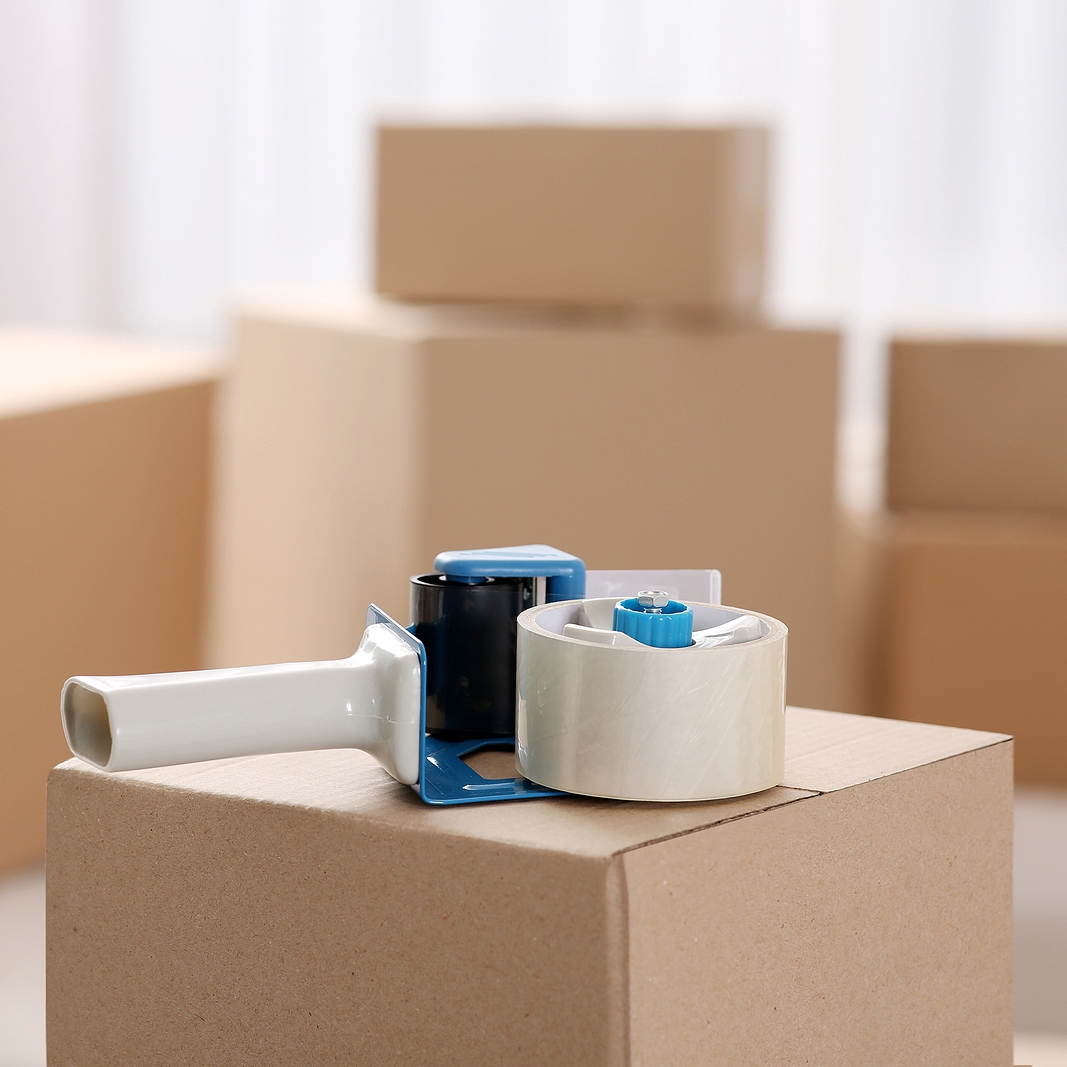Imagine completing a beautiful piece of art and feeling a sense of accomplishment, only to be immediately overwhelmed by a sense of dread at the thought of packing it for storage. This trepidation is understandable.
A masterpiece is more than a creation of colors and shapes—it's a piece of the artist's soul, requiring delicate handling and meticulous care during storage. By using proper packing methods and materials, you can preserve the vibrancy and integrity of your artwork in portable units.
Whether you're a seasoned artist, an art collector, or someone moving residences with a few precious pieces, this guide aims to assist you in safeguarding your prized possessions against potential damage during storage or transportation.
- Choose Appropriate Containers
Selecting the right container is paramount for ensuring the safety of your artwork. As a good start, choose sturdy, high-quality boxes or crates to hold your pieces securely. Specialty art boxes, designed for various sizes and shapes, may also be an optimal choice, offering more protection than standard boxes.
Here, the utility of portable storage containers is evident. These containers offer a secure and convenient solution for storing artwork and provide flexibility, allowing easy access whenever needed. Their adaptability and protection also make them an ideal choice for both temporary and long-term storage of valuable art pieces.
- Prioritize Cleanliness
Before packing, the cleanliness of both the artwork and the packing materials is crucial. Any dust or debris might scratch or damage the artwork's surface during transit or storage. That said, it's best to wipe the surface of your paintings or sculptures gently with a clean, dry, soft cloth. Doing so will effectively remove any particles or residues and help keep your artwork safe and protected throughout the packing process.
Moreover, ensure the packing environment is clean, dry, and free from contaminants like mold and mildew. This preventive measure significantly reduces the risk of unforeseen damage to your pieces during storage.
- Use Protective Wrappings
After cleaning, wrap your artworks in protective materials. Utilize glassine paper for the surface of paintings to prevent any chemical reactions with the artwork. This smooth, air and water-resistant paper acts as a barrier against dust, moisture, and other external elements.
For added protection, particularly around sculptures or framed artworks, consider bubble wrap with the bubbles facing outward to avoid any pressure against the artwork's surface. Furthermore, secure it with high-quality tape to maintain your artwork's integrity and condition during storage.
- Provide Ample Padding and Cushioning to Artworks
Ample padding is essential to prevent artwork movement within the container. That said, make sure to fill any empty spaces between the artwork and the container walls using soft materials such as foam, bubble wrap, or blankets. This ensures that the artwork remains stationary and minimizes the risk of damage caused by sudden shifts or jolts during transit.
You can also place cushions at the bottom of the container for an extra layer of protection, mitigating the impact and vibration during transport and preserving the integrity of your delicate pieces throughout their journey and storage.
- Safeguard Against Environmental Elements
Effective art storage requires careful consideration of the environment, as temperature and humidity fluctuations can be detrimental to your artwork. As such, it's advisable to opt for a storage solution that provides reliable climate control. By ensuring a consistent environment, you can minimize the risk of damage and extend your artwork's lifespan.
Besides choosing a climate-controlled environment, insert silica gel packets within your packing to combat internal moisture. These packets maintain the pristine condition of the artworks by absorbing excess humidity, preventing potential damage like mold growth and warping.

- Seal Containers Properly
After placing all protective layers, it's crucial to seal the containers efficiently. Use strong, durable tape to securely close all openings and seams to prevent the entry of dust, insects, and other contaminants that could potentially harm your pieces.
Inspect the containers thoroughly after sealing. Ensure there are no holes or tears, and reinforce any weak areas with additional tape. This step guarantees maximum protection and security for your artwork during storage or transit.
- Label Containers Accurately
Accurate labeling is indispensable for managing your stored artworks efficiently. Clearly mark each container with relevant details like the artist's name, the artwork's title, and any specific handling instructions. This aids in easy identification and ensures proper care during handling and transportation.
Moreover, place a 'Fragile' label prominently on the containers to indicate the need for gentle handling. This simple yet crucial step can significantly minimize the risk of damage, ensuring the safekeeping of your valuable pieces.
- Monitor Stored Artworks Regularly
Conducting regular check-ups is crucial after packing and storing your artworks. These periodic assessments ensure that the environmental conditions within the storage remain optimal and that there's no visible damage to the containers or the artworks.
Regular monitoring also allows for timely interventions. If there are issues, you can address them before they escalate. This proactive approach contributes significantly to the long-term preservation of your artistic treasures.
Conclusion
Every artwork is a precious creation, a silent narrative of an untold story or unspoken emotion. By adhering to these thoughtful packing practices, you honor these quiet tales, preserving them immaculately for the future, allowing them to continue to whisper their stories to future generations, and alleviating the initial dread of packing artworks for storage.
